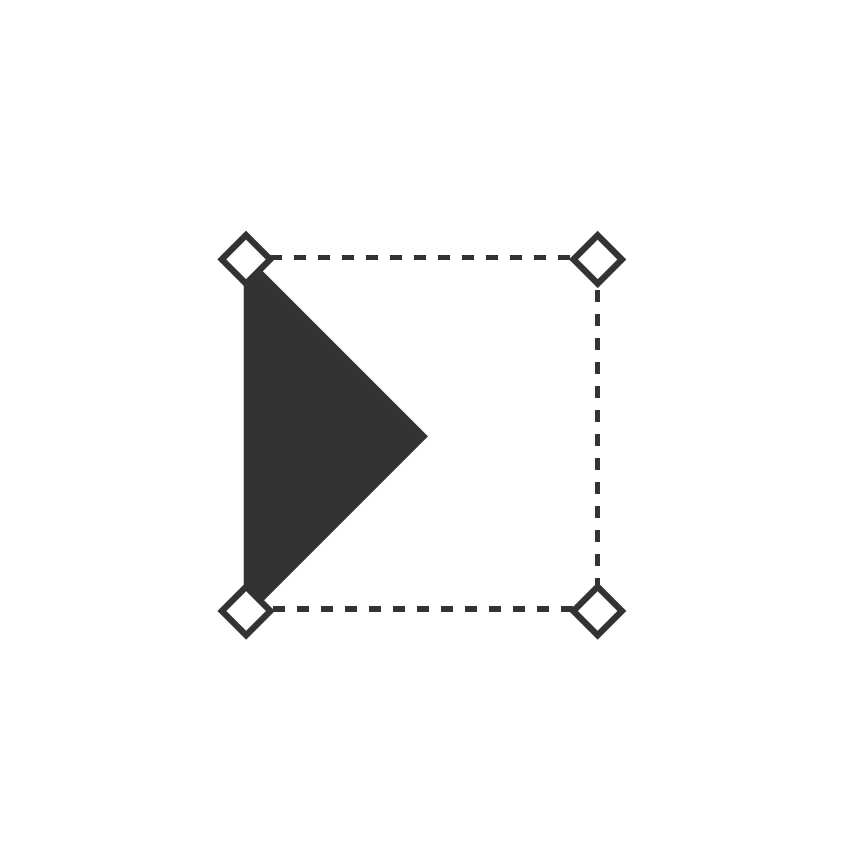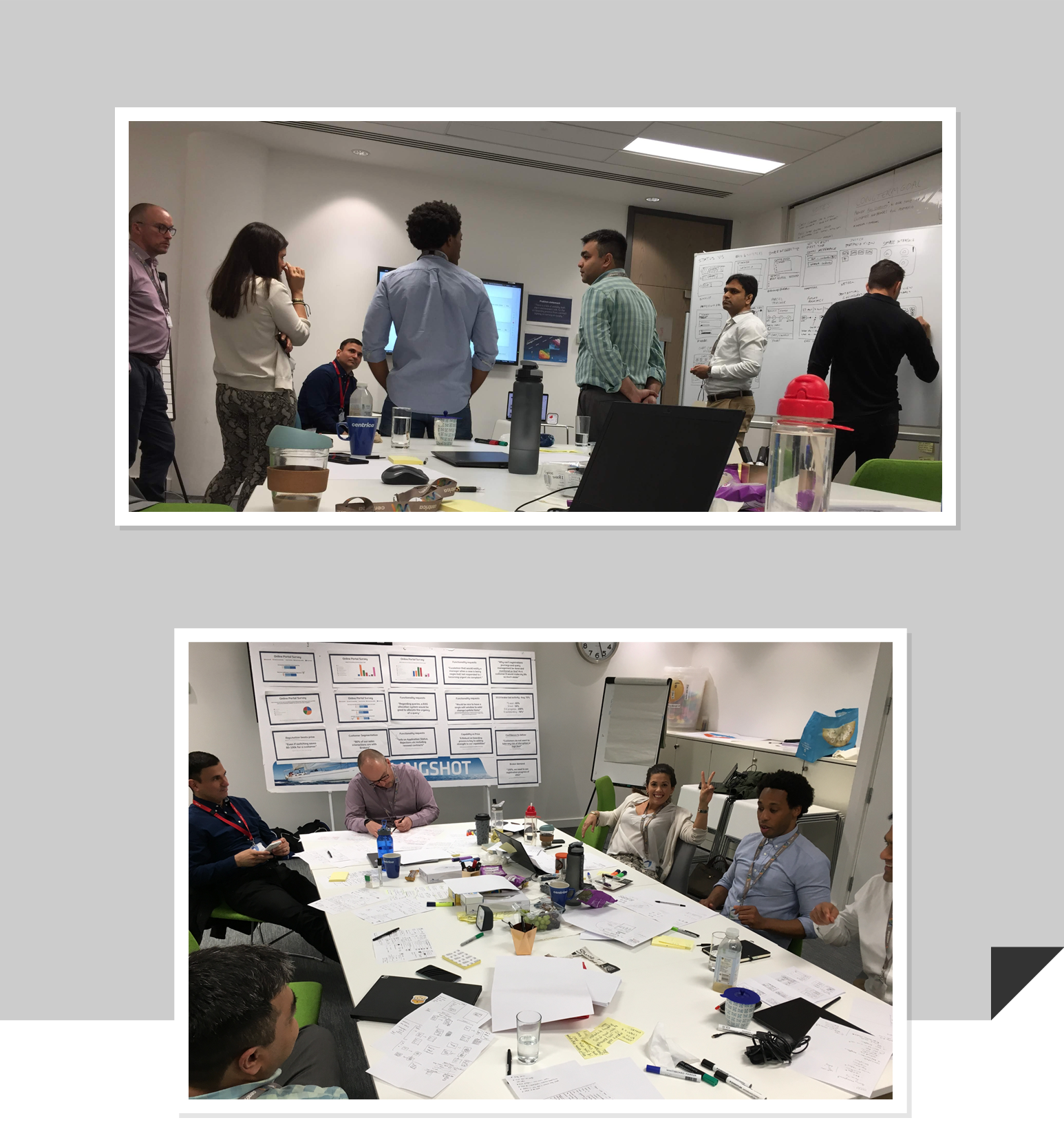
Onboarding I&C Energy Customers

Onboarding industrial and commercial energy customers
Building customer trust and reducing financial risk
Quantitive and qualitative research
Iterative Design Sprints
Designed for British Gas
01 Summary
What was delivered and how...
•. Subject matter expert interviews
• Quantitive survey
• Design Sprint facilitation
•. User-interface design
•. Remote user testing and moderation
•. Developer collaboration
•. 5 design iterations
•. High-fidelity prototype
•. User-testing report
•. User-interface designs
•. Business stakeholder presentation
A new, 7 figure contract was won, just off the back of testing the prototype with users from an Energy Brokerage.
After the first year, engagement with brokers went up 80%.
£500k per annum was saved by reducing the risks of fines.
02 Understanding the problem
A deep understanding of the problem was the first step
Onboarding is the most critical stage in a customer's lifecycle and new market entrants are capturing more and more market share due to better digital capabilities. A digital and automated platform was needed as they had increasingly become uncompetitive when tendering for flagship customers, due to a lack of automation, transparency and digital capabilities when onboarding.
Ultimately, a contracted supply date could be missed, disrupting client business continuity and causing hefty fines for the company. Yearly average fines of £500k and two full-time employees just sending emails. £550k per year when working with minimal profit margins.
There are multiple milestones and requirements during this complex process. The lack of sufficient digital capabilities and automation at this point of the customer journey means the business has to accept the high level of revenue leakage and industry fines, plus the operational cost for manual intervention.
A solution was needed and a hard deadline was put in place in order to get to market in time for an industry annual peak in contracts rounds.
I worked in a cross-functional team, involved in all phases of the project, from mapping out the problem to delivering remote testing of the prototype.

Idea to learning
We had a design window of 8 weeks. We had to go from idea to learning in as few steps as possible – A design Sprint was perfect.
I sold the idea to the key stakeholders and business decision heads by creating a small deck and presenting a research and strategy solution.
To take as much insight as possible into the Sprint, I planned time for some research activities. Incentivised surveys, mapping workshops, internal and external interviews, call listening ethnography and some competitive analysis.
“There is a lack of visibility, both client and business side, for the onboarding process from contract signing, to coming on supply.
Ultimately a contracted supply date could be missed, disrupting client business continuity and causing hefty fines for the business.”

Outcomes if the problem was not solved
• Not reducing the risk of fines.
• Missed opportunity to ‘make a great client first impression’.
• Remaining inefficient, by not using automated processes.
• Missed opportunity to up-sell Energy Management products.
• It will be more logistically difficult to bring on ‘Goliath’ retail clients with 1000’s of sites.
Why is it important for the
problem to be fixed?
The potential solutions would add much value to their target market segments, from brokers to internal agents.
It would establish a quality first experience with the business.
Allow the company to target relevant product opportunities before supply commences.
It also channels all new customers into the OAM workspace, which would greatly benefit the SME side of the business.
Quantitive Survey Results
We asked 76 energy brokers about accessing information for their entire portfolio, receiving onboarding status reports and real-time notifications and prompts via a portal.
Over 80% said the features of a potential onboarding portal would be either a ‘Must have’ or ‘Extremely useful’.
“Why can’t registrations journeys and query management be done and monitored online? As a customer, it would make my life so much easier.”
Subject matter expert interviews
Louise Rothwell, Capability gap analysis
Rob Lewis, Sales Team Manager
Sarah Banner, Bid Management
Rob Lewis, Sales Team Manager
Key findings
Customer needs are different from the needs of the Broker.
Simplicity is key, anything that makes their lives easier.
Within acquisition, confidence to deliver a seamless energy switch is more important than price.
End-to-end information, what next in the journey and status updates, "keep me informed so I don't have to call you".
03 The solution
problem to tested prototype in 5 days

Monday Map
We came up with a long term goal - “Provide Full Visibility, in real time, of a customer (and broker’s) full Onboarding portfolio”
We came up with a list of questions and concerns and created a map.
In the afternoon we invited experts from the business to join us for some Q&A and map refinement.
We took How Might We notes whilst talking to them,
And dot voted on the notes that would help us achieve our longterm goal.

Tuesday sketch
Tuesday, we did lightning demos and shared inspirational ideas from existing experiences and interfaces.
We spent the afternoon digesting all the information we had gathered on the walls.
Took notes, doodled and sketched - all individually.
We then created mini storyboards of our favourite ideas.

Wednesday decide
Wednesday morning we created an Art Museum, we pinned up all our wonderful work from the day before.
We did a round of heat map sticky dot voting on all the features we liked.
We then reviewed and critiqued them.
Then it was time for super sized super sticky dot votes.
We all had one vote and placed it on the wall at the same time.
It was then time for our ‘Decider’, Dwight to place his 3 super duper votes, that would tell us what we would be prototyping.
A final storyboard was created in the afternoon that would set our test journey.

Thursday prototype
Storyboard done.
The bulk of prototyping job fell to the designer (me).
An early start to begin sketching out the frames in a bit more detail on paper. This makes digitising them in ‘Sketch’ much quicker.
The others worked on building the test interview, creating assets, organising test participants and stitching the prototype screens together.

Friday test
Hard work done, now time to use just our eyes and ears for a bit.
We managed to get hold of real customers (brokers) to test with.
We also accomplished a first for testing by running the entire test remotely (the brokers used their own machines in their own offices).
To make it even more real, they arrived on the prototype website via an authentic looking email notification, that triggered several of our hypotheses.
Test feedback
“Nobody else has anything like this”
”Everything I need to see for a registration performance”
”Really clear, really simple, really easy to use”
”We will be using this a lot”
”I will use the meter point progress every day”
”10 out of 10”
Learnings
Our target users were surprised to be part of the development phase and we had a very high level of engagement.
Users would benefit from a 'download data' option.
The user wants the platform to open on the screen that allows them to take action as they've been notified of a problem.
Our target users didn't care about any activity in the past.
All users mentioned adding information for the next natural step now, to get ahead of the process (Enter starting meter reading)
04 Outcomes
User-centred iterative design
“We need to do this for a lot more in this organisation”







